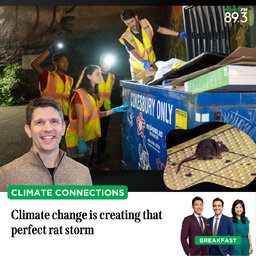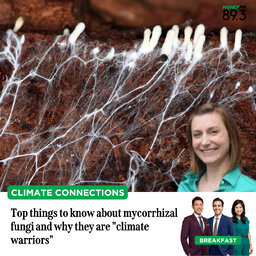Climate Connections: The rice you eat contributes to carbon emissions! So, how do we cut it?
Rice is a key staple in many diets around the world. But did you know that rice production accounts for over 10% of global methane emissions? These emissions in turn contribute to climate change.
Bali is an Indonesian island known for its stunning landscapes, famous for its terraced rice fields that cascade down hillsides, creating a picturesque environment. But beyond aesthetics, the Bali rice fields and the Subak system are closely intertwined and they represent the lifeblood of Bali's cultural and agricultural heritage.
The Subak system, recognised as a UNESCO World Heritage Site, refers to the traditional irrigation system developed by Balinese farmers to manage water distribution and cultivation in flooded rice fields. It is a cooperative and democratic system that emphasises harmony between nature and the community.
On this episode of Climate Connections - Sharadha Sathiakumar, Research Fellow, Earth Observatory of Singapore shares more about her project exploring potential solutions to mitigate greenhouse gas emissions in the rice fields of Bali located in Indonesia, the fourth-largest producer of rice worldwide.
She found that the Intermittent Wetting and Drying technique allowing local farmers to improvise based on their experience could very well be the solution to reducing the greenhouse gases emitted by the rice you eat! The results of this experiment were very promising: both methane and nitrous oxide emissions reduced, and rice yield increased.
Feature produced and edited by: Yeo Kai Ting (ykaiting@sph.com.sg)
Voiced by: Emaad Akhtar
Photo credits: Sharadha Sathiakumar, Joanne Petrina, Earth Observatory of Singapore
Music credits: pixabay & its talented community of contributors
 Climate Connections
Climate Connections




